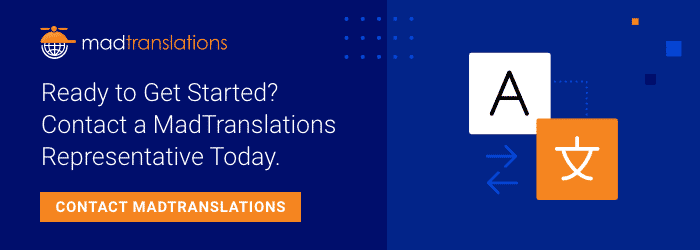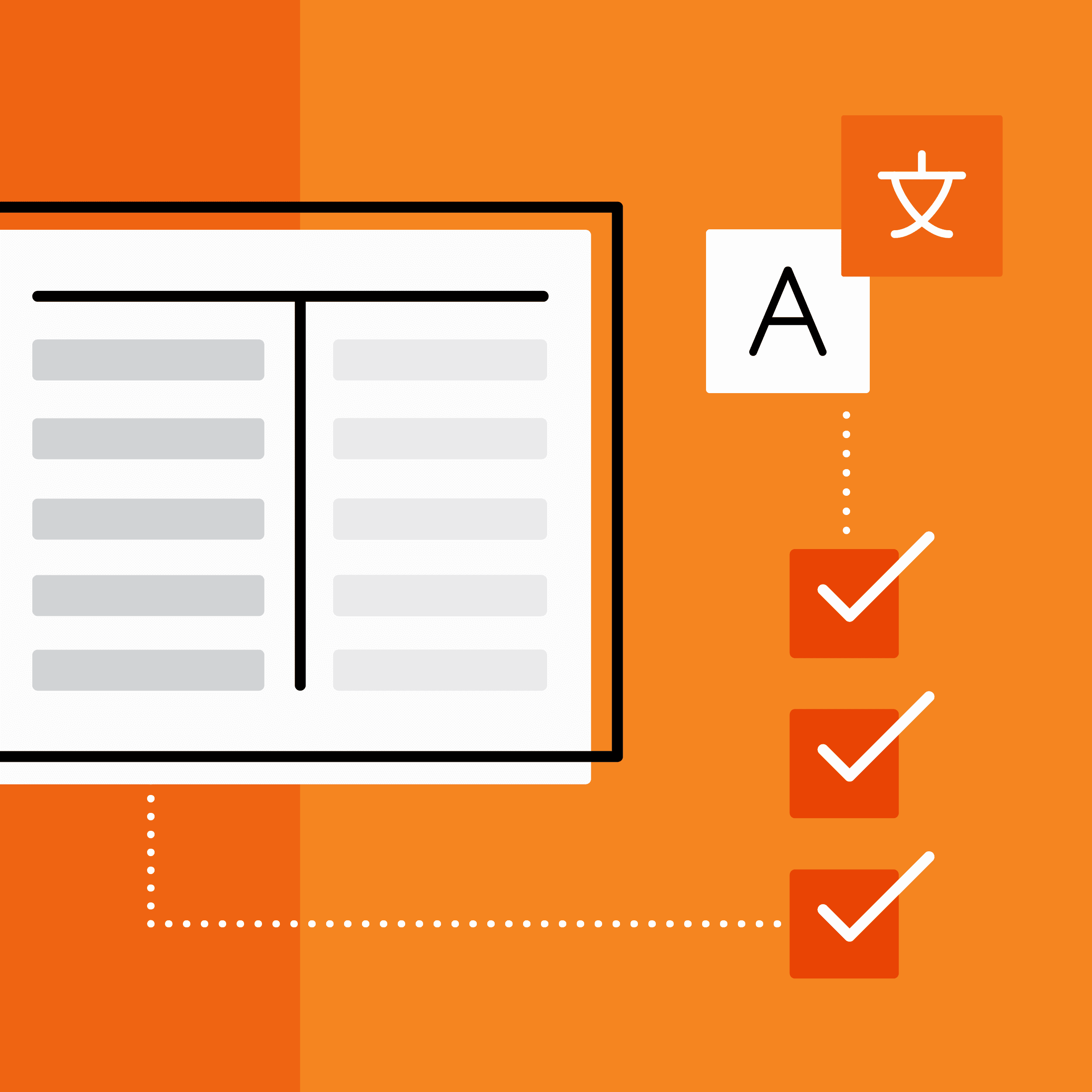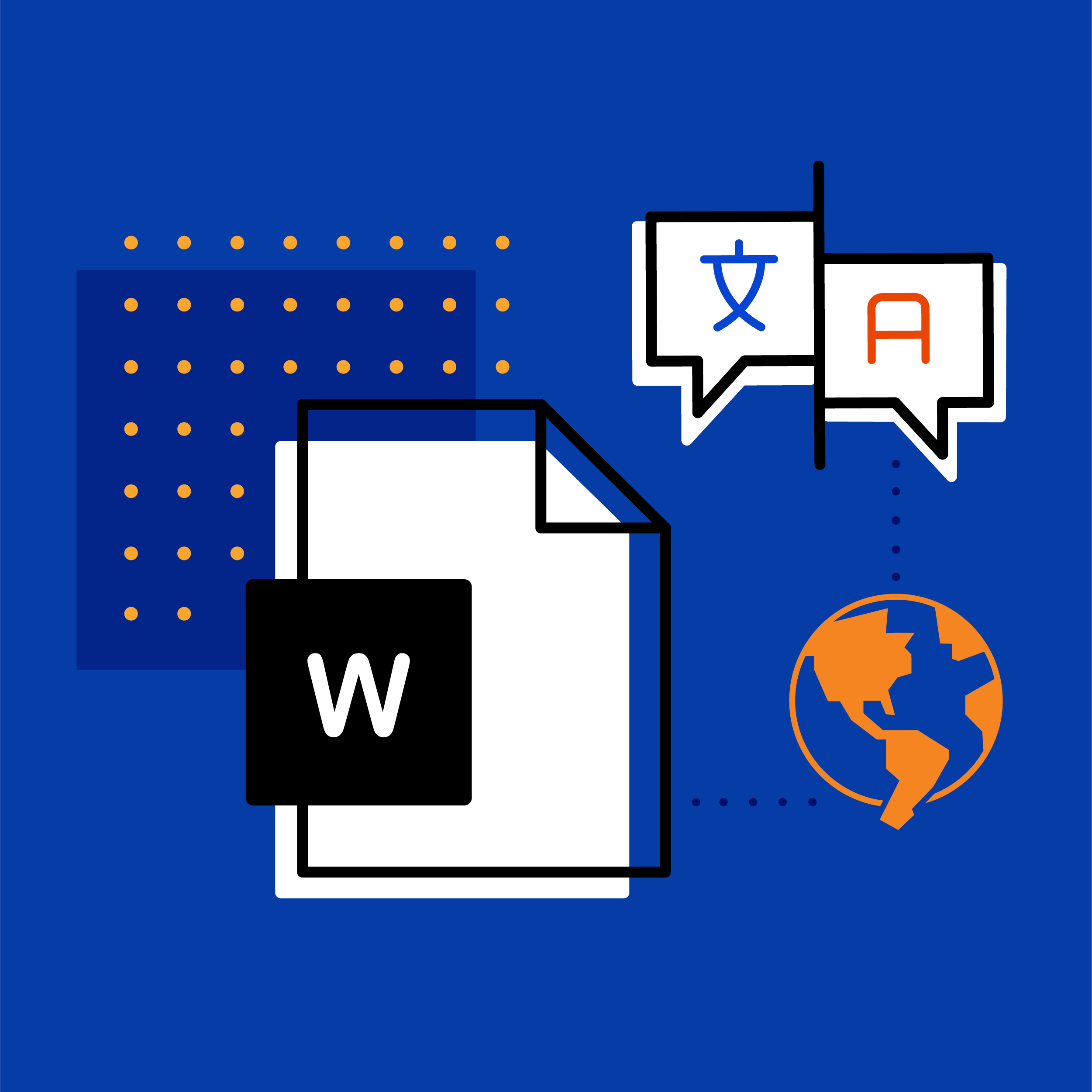For those who are not engaged in translation directly—that is to say, actively reading text in one language and translating it into another via one’s brain—it may not be clear as to why a translation memory database alone is not enough to manage your translations.
The answer to why a translation memory is not enough is simple: granularity. While a translation memory aids in capturing what has been translated, enabling reuse of that translation again in the future does not capture what decisions the professional translator made while translating or how he/she came to those decisions. Why was “hygge” translated from Norwegian as “coziness” and not “homey”, for example?
Translation Memory vs Termbases
Before delving into the question further, let’s review what translation memories and termbases are:
A translation memory is a database that captures source language and target language sentence pairs, which are stored in the translation memory as a translation unit. Here is a simple example:
- English — The dog hunts the rabbit.
- German — Der Hund jagt das Kaninchen.
The two sentences are then stored together along with other metadata such as the entry date, time and name of the professional translator.
The translation management systems (such as MadCap Lingo) then uses the translation memory database to reuse those translations.
Let’s say the translator is working on a new document and confronts this sentence:
“The dog hunts the hare.”

Rabbit left versus hare, right.
The translation memory software will alert the translator to a 95% match and show the original translation. The translator then has the option to reuse the sentence and modify the translation of “rabbit” (Kaninchen) to the translation of “hare” (Hase).
Armed with a large database of these potential matches, you can see how a translator’s productivity can be improved dramatically.
The benefit of machine translation memory is the ability to reuse content from a previous translation in a new translation. However, what about specific words that are difficult to translate? These difficult words are known as terms.
Let's talk about termbases. A termbase is what the name implies-a database of terms. For a translation project, all the terms used are contained in the sentences stored in the machine translation memory database. However, they are embedded in sentences and are not easily found or managed. In our earlier example, our hypothetical translator had to deal with the change from "rabbit" to "hare". In German, as in English, there are two different names for similar animals that both have long ears and bushy tails.
If you want to accurately describe such an animal, you need to choose the right name. For many, there is a trivial difference between rabbits and hares, but if you are a zoologist, there is a significant difference, and you want to know what the dog was hunting.
There may also be some benefit to clearly defining the differences between rabbits and hares so the next time someone needs to translate “rabbit” the right term is used in German. The best way to manage this information is in a terminology database. A termbase will track detailed information about a term. It will record its part of speech, context and sample sentences of how the term is commonly used, a picture, any references used to research the term, and who researched the term. Some terms are more complex than naming a small mammal. Often, they are trademarked terms that must be presented in a specific way, such as which letters are capitalized or abbreviated.
A termbase can tell the translator specifically where a term must be used and where not. Termbases can also be used to track which terms should never be used or do not get translated at all, and your company’s preferences.
A competent translator will do the research while translating to determine what is precisely the right word to use. The termbase simply saves them the effort of having to repeat that research in the future and it allows them to share what they have learned with others in a standard format. More sophisticated termbases interface directly with translation memory tools so that translators can look up terminology quickly or even have the software automatically propose terms to them.
Summary
In short, translation memory software records translated content, while a termbase records the precise terminology the translator has used to create a translation that uses appropriate terms for the subject matter.
The best practice for using termbases is to create the termbase prior to carrying out the translation. This requires that a qualified linguist (yes, there are those linguists who specialize in terminology development) first identifies the specialized terminology used in the original content and provides the target language equivalents. This requires that the terminologist can see how specialized terms are used in the source content.
Even for a linguist well-reversed in the subject matter, there is often research involved to identify the most appropriate translations for technical jargon, acronyms, trendy buzzwords or archaic terms. Terminologists often must create new terms that have never existed before in the target language (neologisms).
Another best practice for termbases is to ensure that the software used to build the termbase supports standard formats. This will provide you with the ability to share data with other terminology management and translation memory systems. If your translation service provider is still using Microsoft Excel or Word to manage terminology, then they are not taking full advantage of what modern terminology management tools can offer.
However, with that said, it is totally acceptable to use Excel and Word as a starting point to gather information about terminology you use while authoring your content. Plus, if you are using MadCap Flare to author, you can leverage your glossary files as a starting point for your translation service provider.
If your organization is going to invest in translation to support customers around the globe, then you should start with the terminology that is critical to your products and services. With terminology already developed the translation will flow smoothly and efficiently from there.











